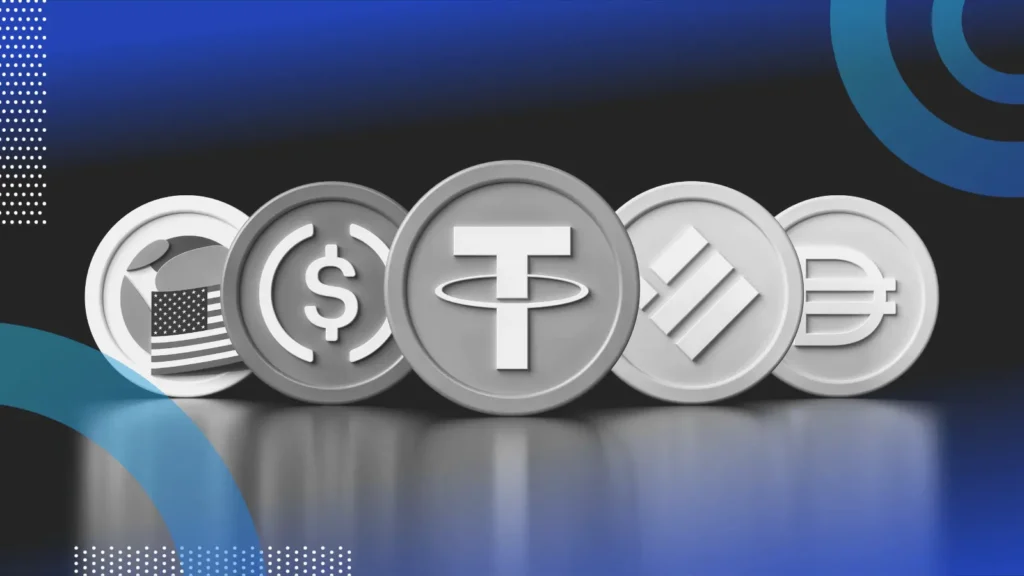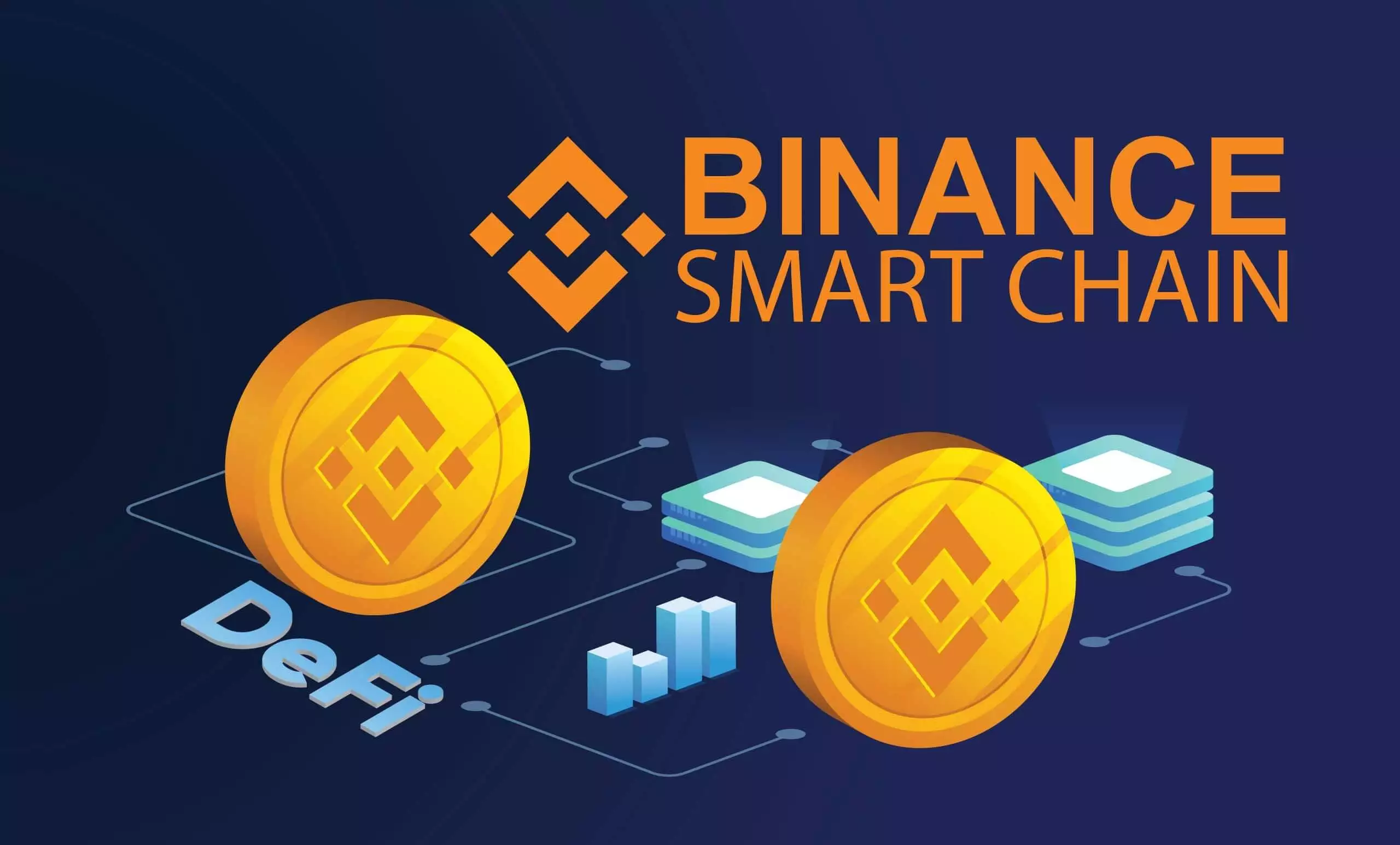The Role of Stablecoins in the Cryptocurrency Market
The cryptocurrency market is known for its volatility, with prices of popular coins like Bitcoin and Ethereum often experiencing significant swings. For those who participate in crypto trading or invest in digital assets, this volatility can create both opportunity and risk. This is where stablecoins come into play. Stablecoins are a unique class of cryptocurrency designed to offer price stability, providing a bridge between the world of digital assets and the stability of traditional currencies.
In this blog post, we’ll explore what stablecoins are, how they work, and the critical role they play in the broader cryptocurrency market.

Content
What Are Stablecoins?
Stablecoins are cryptocurrencies that are pegged to the value of a stable asset, typically a fiat currency like the U.S. dollar, euro, or even commodities like gold. The goal of a stablecoin is to maintain a consistent value, unlike traditional cryptocurrencies that fluctuate based on market demand. This makes them useful for a variety of financial activities, from day-to-day transactions to trading and investing.
There are several types of stablecoins, each with its own mechanism for maintaining stability:
- Fiat-backed Stablecoins: These are the most common type of stablecoin and are backed by reserves of fiat currency. For example, each USDT (Tether) is theoretically backed by one U.S. dollar held in reserve. This 1:1 backing allows the stablecoin to maintain a stable price relative to the U.S. dollar.
- Crypto-backed Stablecoins: These stablecoins are collateralized by other cryptocurrencies rather than fiat. To account for the volatility of the collateral, these stablecoins are often over-collateralized. For instance, DAI is a popular crypto-backed stablecoin that uses Ethereum as collateral but is pegged to the U.S. dollar.
- Algorithmic Stablecoins: Unlike fiat or crypto-backed stablecoins, algorithmic stablecoins are not backed by any specific asset. Instead, they rely on algorithms and smart contracts to control the supply of the coin, automatically increasing or decreasing the circulating supply to stabilize the price. TerraUSD (UST) was a well-known algorithmic stablecoin, though its collapse highlighted the potential risks in this model.
How Stablecoins Work
The way stablecoins maintain their value depends on the type of backing or mechanism in place:
- Fiat-backed stablecoins maintain their peg by holding an equivalent reserve in a bank or a trusted institution. For every stablecoin issued, there’s a corresponding unit of fiat currency in reserve. This reserve acts as a guarantee that the stablecoin can be redeemed for its equivalent value at any time.
- Crypto-backed stablecoins maintain stability by over-collateralization. If a user wants to mint DAI (a crypto-backed stablecoin), they would need to deposit more than the value of the DAI they want to generate in collateral (e.g., $150 worth of ETH for $100 worth of DAI). This over-collateralization provides a buffer against the volatility of the underlying crypto asset.
- Algorithmic stablecoins use supply and demand mechanisms to keep their price steady. If the price of the stablecoin rises above its peg, the algorithm increases the supply to bring the price back down. Conversely, if the price falls, the supply is reduced to increase the price.
The Role of Stablecoins in the Cryptocurrency Market
Stablecoins have become an essential component of the cryptocurrency market, providing liquidity, stability, and accessibility for both investors and institutions. Here are some of the key roles stablecoins play in the crypto ecosystem:
1. A Safe Haven from Volatility
One of the main advantages of stablecoins is that they offer a safe haven during times of high market volatility. For example, during a significant drop in the price of Bitcoin or Ethereum, investors can quickly convert their assets into stablecoins to preserve value without needing to exit the crypto market entirely. This allows traders to avoid the volatility of other cryptocurrencies while still keeping their funds in a digital format, ready to re-enter the market when conditions are more favorable.
2. Efficient Medium of Exchange
Stablecoins make an excellent medium of exchange within the cryptocurrency market. Because their value is stable, they are ideal for everyday transactions, enabling users to send and receive money without worrying about price fluctuations. Stablecoins are increasingly being used for international payments, remittances, and even as a form of payment in e-commerce, particularly in regions with unstable fiat currencies.
3. Liquidity for Crypto Trading
In the world of cryptocurrency trading, liquidity is critical. Stablecoins provide a reliable source of liquidity on exchanges, allowing traders to quickly move in and out of positions without needing to convert crypto into fiat currency. This is especially important for traders who want to avoid the delays and fees associated with traditional banking systems when cashing out to fiat.
4. Decentralized Finance (DeFi)
Stablecoins have become integral to the rapidly growing decentralized finance (DeFi) sector. DeFi platforms offer financial services such as lending, borrowing, and yield farming, all without intermediaries. Stablecoins are commonly used as collateral for loans and provide a stable store of value for users looking to earn interest on their digital assets. The predictable value of stablecoins makes them ideal for DeFi protocols, where users need consistency and reliability to manage risks.
5. Cross-Border Payments and Remittances
One of the most transformative uses of stablecoins is in cross-border payments and remittances. Traditional methods of sending money internationally can be slow, costly, and subject to currency exchange rates. Stablecoins can bypass many of these hurdles by enabling fast, low-cost transfers directly on the blockchain. This is particularly valuable in developing countries where access to traditional banking services is limited or expensive.
Potential Risks and Challenges of Stablecoins
While stablecoins offer numerous benefits, they also come with risks and challenges. Some of the key concerns include:
- Regulation: As stablecoins grow in popularity, they have attracted the attention of regulators. Governments are concerned about the potential for stablecoins to circumvent financial controls and enable illegal activities. Regulatory scrutiny is increasing, and future regulations could impact the development and use of stablecoins.
- Centralization: Fiat-backed stablecoins, in particular, can be criticized for being centralized. They rely on the trustworthiness of the issuing company and its ability to maintain reserves. If reserves are mismanaged or not transparently reported, it could lead to loss of confidence in the stablecoin.
- Algorithmic Risks: As demonstrated by the collapse of TerraUSD (UST), algorithmic stablecoins can fail if their stabilization mechanisms break down. This can lead to rapid loss of value and severe consequences for those who hold them.
The Future of Stablecoins
Stablecoins are expected to play an even larger role in the cryptocurrency market as their adoption increases across various industries. With potential applications in decentralized finance, e-commerce, and global payments, stablecoins are becoming a foundational asset in the digital economy. However, the future of stablecoins will depend on how they evolve alongside regulatory frameworks and whether they can maintain trust in their value stability.
Conclusion
Stablecoins serve as a crucial element in the cryptocurrency market, providing much-needed stability in a volatile space. They enable seamless trading, liquidity, and access to decentralized financial services while also offering a hedge against market fluctuations. As the crypto industry continues to grow, stablecoins are likely to remain a central player in bridging the gap between traditional finance and the new world of digital assets. However, it’s essential to stay informed about the regulatory landscape and understand the risks associated with different types of stablecoins before using or investing in them.

As a writer, Ruben is an advocate of blockchain technology and cryptocurrency in general. He writes about all things from cryptography to economics, with a focus on how it applies to cryptocurrencies. He is also passionate about writing about topics such as decentralization, open-sourced software development, and copyright law.









